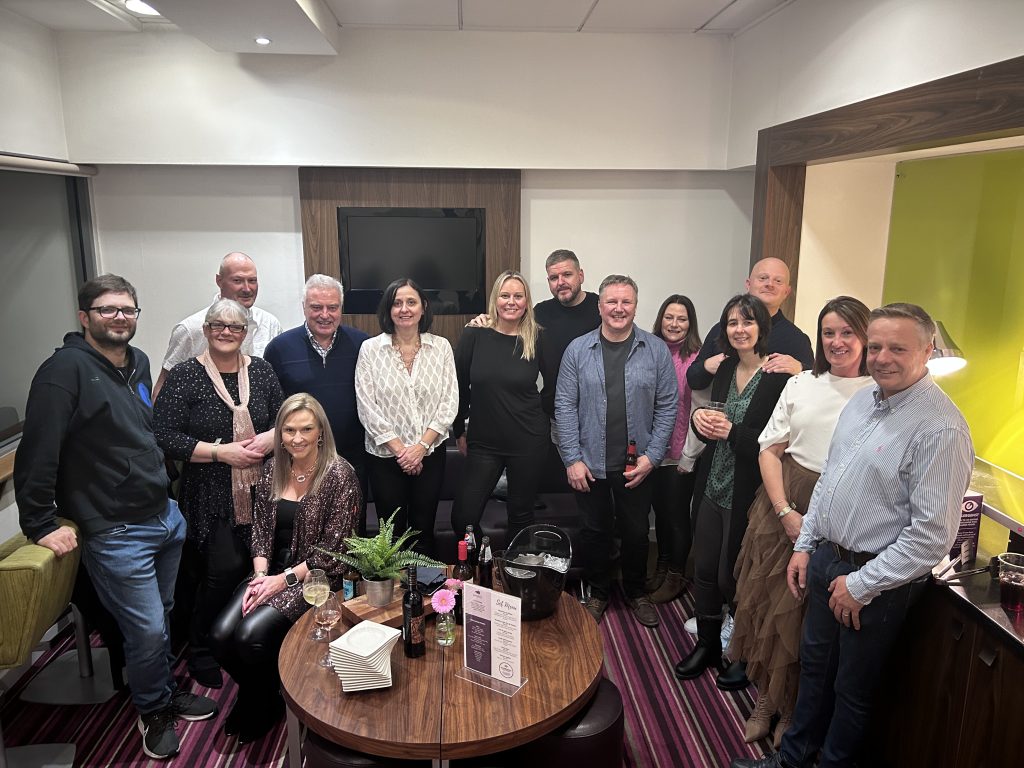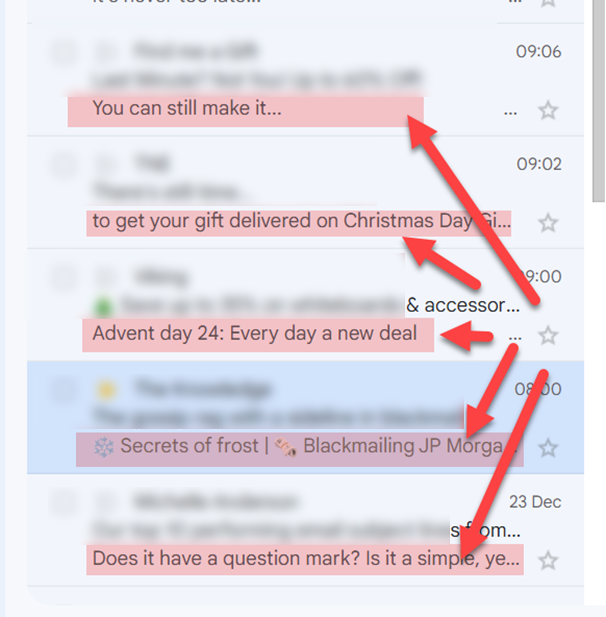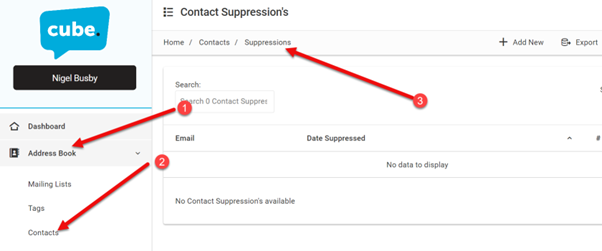A specialist marketing portal that’s second to none
- Our 20 years spent connecting with buyers, end users and decision makers, and wholesalers, dealer groups and office product resellers across the world of workplace products.
- Our extensive asset library and dynamic communications portal, known as the ICM Marketing Portal.
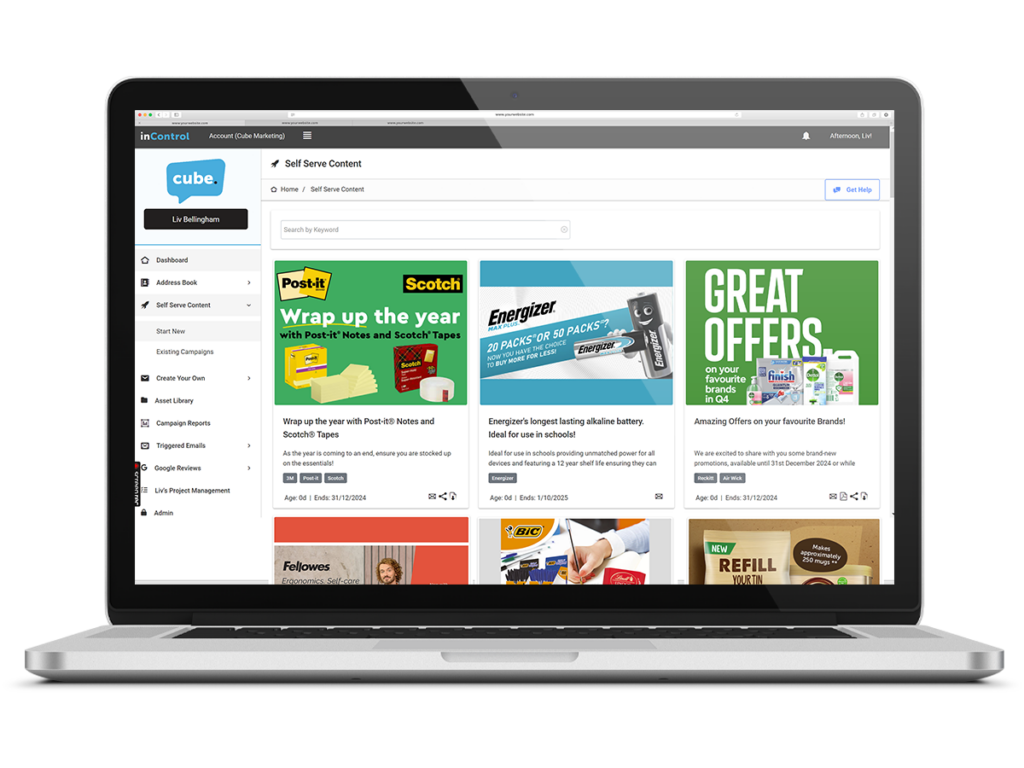
Bringing together vendor and dealer group content, product catalogues, automated
individual dealer branding, and ecommerce integration, our online marketing portal is used
by partners such as 3M, Nestle, Reckitt and Durable.
This means that we can help you deliver the right marketing content directly to your
audiences in one complete, end-to-end, measurable solution.

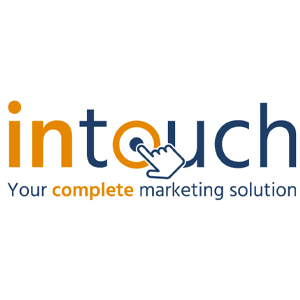
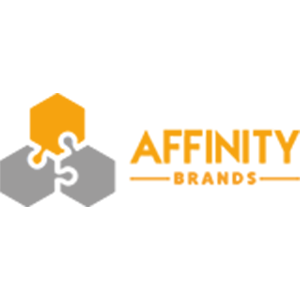
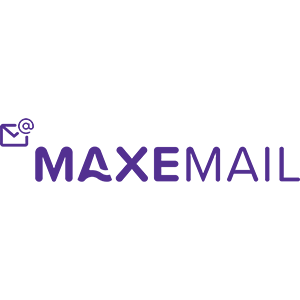
Continual investment in your success
We work non-stop to keep marketing quality high, consistently investing in new functionality and cleansing dealer data, so your marketing campaigns are compliant, personalised and relevant.
We’re achieving this approach while driving the numbers, with results way above industry
averages.
On email marketing alone, we sent an average of 1.2 million end user emails for our office
product resellers every month last year.
These achieved open rates and click through rates (CTRs) to dealers’ webstores that are
significantly above industry norms.
Capturing leads through the marketing funnel
- Top of the funnel – creating awareness and growing demand for your brand and products through engaging content, blog posts, social media, infographics, videos etc.
- Middle of the funnel – lead nurturing activities such as paid advertising, email marketing, case studies, social media, offers and discounts
- Bottom of the funnel – where leads can be converted, using demos, sales collateral, testimonials and product reviews
- Blog posts
- Social Media
- Infographics
- Paid Advertising
- Case Studies
- Social Media
- Demos
- Sales Collateral
- Shopping Carts
What do our clients have to say?
Energizer
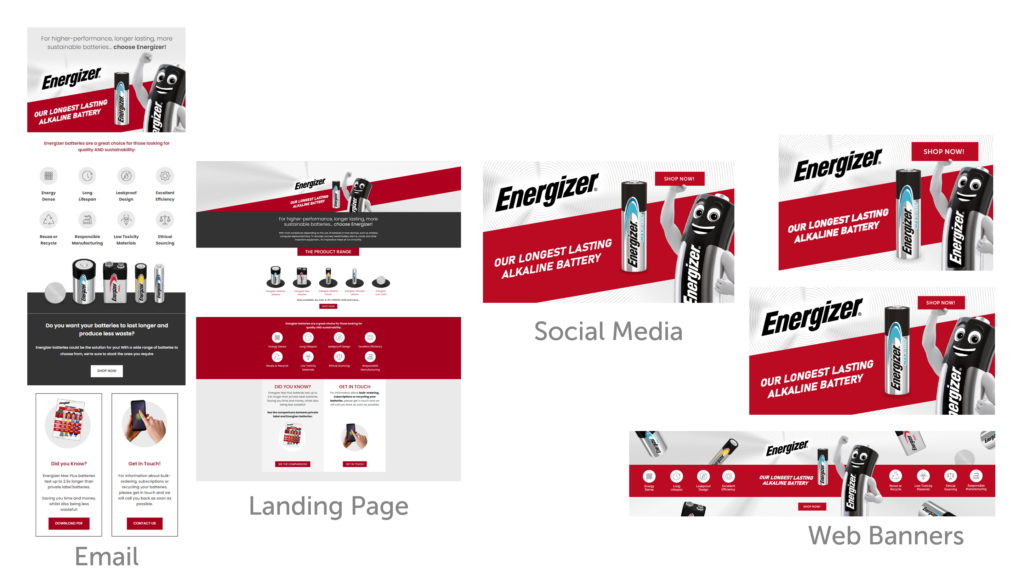

Toby Thurlow at Energizer:
“InControl have really supported the Energizer brand, not only to provide reseller marketing assets that are fit for use but by creating some fantastic end user marketing campaigns with amazing results.”
“This is testament to the work inControl Marketing have done to support resellers to clean up their databases and only send emails to good marketing contacts.”
“inControl Marketing have personally helped me to better understand the requirements of both trade and end user customers. It’s been a real pleasure working with the team.”
Just Office
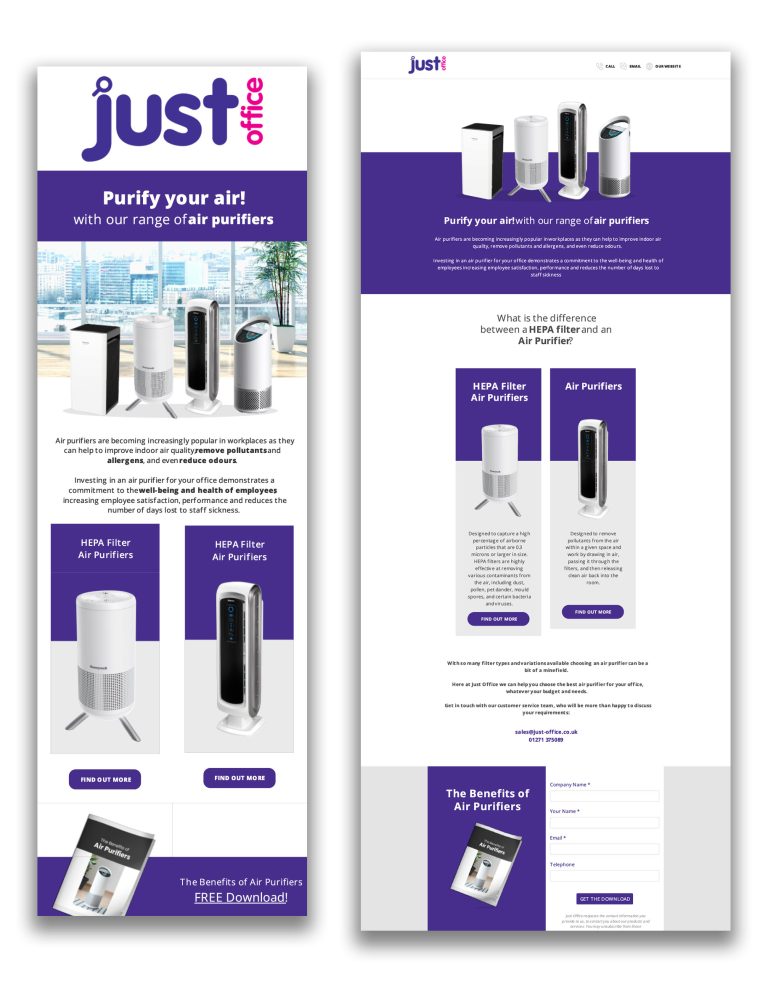
“In one year, InControl Marketing created 141 different vendor campaigns for Just Office’s end user database. This included over 100,000 individual emails achieving superb open rates.”

Mark Rostock, Owner, Just Office:
“We find inControl Marketing’s portal the most user friendly on the market.”
“The amazing results we have achieved in the last 12 months are a testament to the great content that’s been created by the InControl team and their help in ensuring our customer database is good.”
“Not only do InControl provide us with the toolkit to market to our customers, but they listen to our wider requirements and work with us to help develop our offering and partnership with
our chosen service providers.”
“The InControl team have been ‘unsung heroes’ over the years. They are an absolute gem within our industry, providing what no one else can, which is linking up the supply chain and supporting us as resellers.”



T : 01386 257757
E : sales@incontrolmarketing.co.uk
support@incontrolmarketing.co.uk


